A Walk Through Time at Brockton's Oldest Mall
In February 1963, Westgate Shopper's Park opened on the edge of Route 24. Brockton didn't need convincing.
The idea was simple: one stop for department-store staples, protected from weather, with a clean line of sight from the parking lot to the checkout. Gilchrist's anchored the southern side. Bradlees flanked the other.
Between them stretched 356,000 square feet of retail logic: straight corridors, uncluttered frontage, and tenants that matched daily needs. Much of that original structure still guides the layout today, even as the signs have changed.
Early Anchors, Measured Growth
Gilchrist's opened on October 23, 1963, and took two floors to do it.
The Boston-based chain brought name recognition and scale: 90,000 sq ft, evenly split.
Bradlees came in less than three weeks later, opening November 7 with a 75,000 sq ft Family Center.
It leaned into housewares and apparel, priced for volume.
Together, they gave the mall its core and, more importantly, its pattern: large anchors at the ends, smaller retailers filling in between.
Woolworth's and Cherry & Webb rounded out that first year, offering five-and-dime goods and women's clothing, respectively.
The mall was enclosed, but compact. It didn't try to rival South Shore Plaza in size.
Instead, it favored flow, straight lines, visible storefronts, and parking that let people in fast and out even faster.
The 1984-1985 expansion brought more square footage and a fresher facade, but the essential layout didn't shift.
Neither did the concept. Retailers came and went. The bones stayed put.
Westgate Mall didn't compete on grandeur. It competed on clarity.
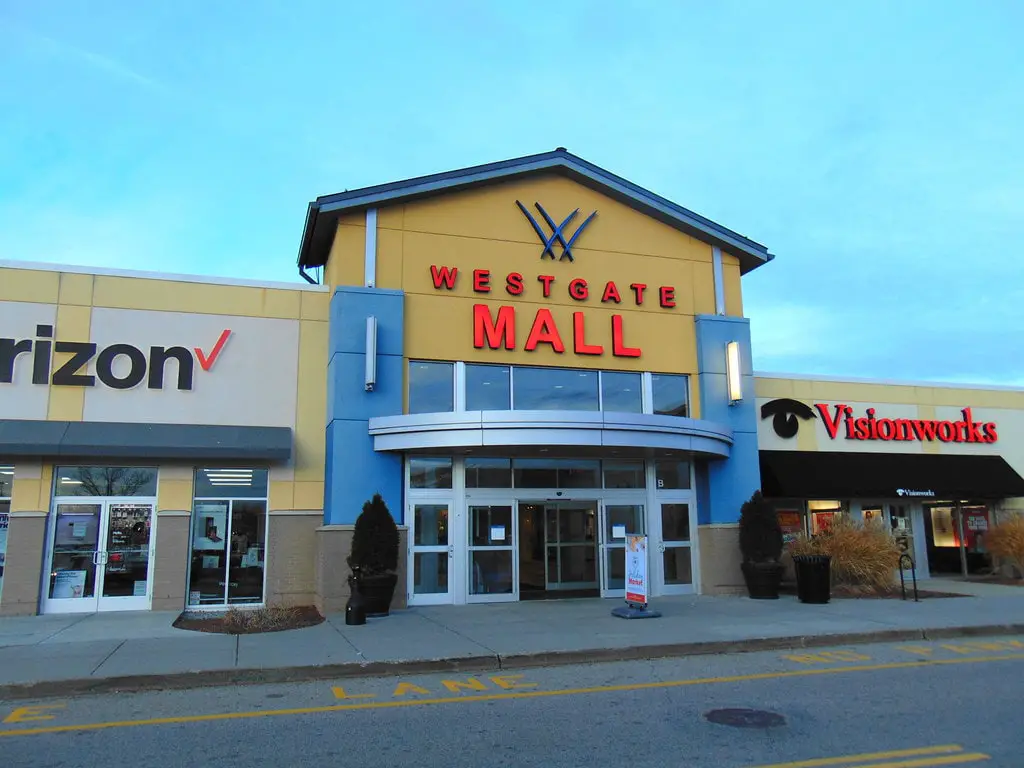
Sale, Default, and Repositioning on the Real Estate Ledger
In 1999, New England Development bought Westgate Mall for $17 million, aiming to fix what years of wear had dulled.
Renovation plans took hold almost immediately. Between 2000 and 2003, the company updated facades, common areas, and retail fronts.
Traffic returned. Leasing picked up. The approach worked, at least long enough for a profitable exit.
In 2004, New England Development sold the mall to Gregory Greenfield & Associates for $58.5 million.
That transfer, nearly triple the 1999 sale price, put Westgate Mall in a broader real estate portfolio.
It didn't stay there long.
Three years later, Babcock & Brown, an Australian investment group, acquired GG&A and absorbed Westgate Mall along with it.
The timing didn't help. By 2009, Babcock & Brown was unraveling, and Bank of America foreclosed on the mall over a mortgage violation.
The property was auctioned.
In 2010, New England Development reentered the picture and bought it back for $31.75 million.
The price, down from the 2004 peak, matched the post-recession climate.
It also reflected what Westgate Mall still offered: freeway access, a central Brockton address, and workable square footage.
As of 2025, they remain the recorded owner.
While tenants changed and anchor stores came and went, those financial moves reshaped how the mall operated, from capital improvements to lease strategies, more than anything, a customer would see when walking the corridor.
Anchor Replacements and Square Foot Transitions
Retail churn hit hard in the 2000s, and Westgate Mall followed the cycle.
Gilchrist's, long gone by then, had been replaced by Jordan Marsh in 1977.
That store eventually flipped to Macy's in 1996.
When the brand consolidated in 2006, a second Macy's appeared, this time replacing Filene's, which had moved into the former Bradlees space in 2002.
By that point, two separate Macy's stores stood inside the mall, one on each side.
That didn't last. On January 4, 2017, Macy's announced a round of 68 store closures.
The Westgate Mall location shut down two months later, in March.
Toys "R" Us, once next to the original Macy's, closed in June 2018 during its full chain liquidation.
Fallas, which had replaced part of the Sears wing, followed soon after.
National Stores filed for Chapter 11 in August and pulled out.
Burlington moved into the old Macy's space in September 2018.
Planet Fitness came in a month later. PCX Apparel filled out the rest of that footprint.
Sears opened at Westgate Mall on November 26, 2000, with 126,000 sq ft over two floors.
It replaced Marshalls and Child World in a push to modernize the mall's retail mix.
For two decades, it held the anchor spot. Then came the exit. On February 12, 2021, Sears announced the Brockton closure as part of a 32-store cut.
By May 2, the lights were off and the space was empty.
Liam's Home Furniture opened in the former Fallas spot on January 5, 2020.
Dick's Sporting Goods relocated from its freestanding building and reopened inside the mall on August 8, 2020, completing the subdivision of Macy's.
Best Buy, which had closed on February 27, 2021, reemerged as a Best Buy Outlet just months later in May.
None of these moves happened in isolation; they were responses to national shifts, but each redefined how Westgate's anchors functioned in its square footage.
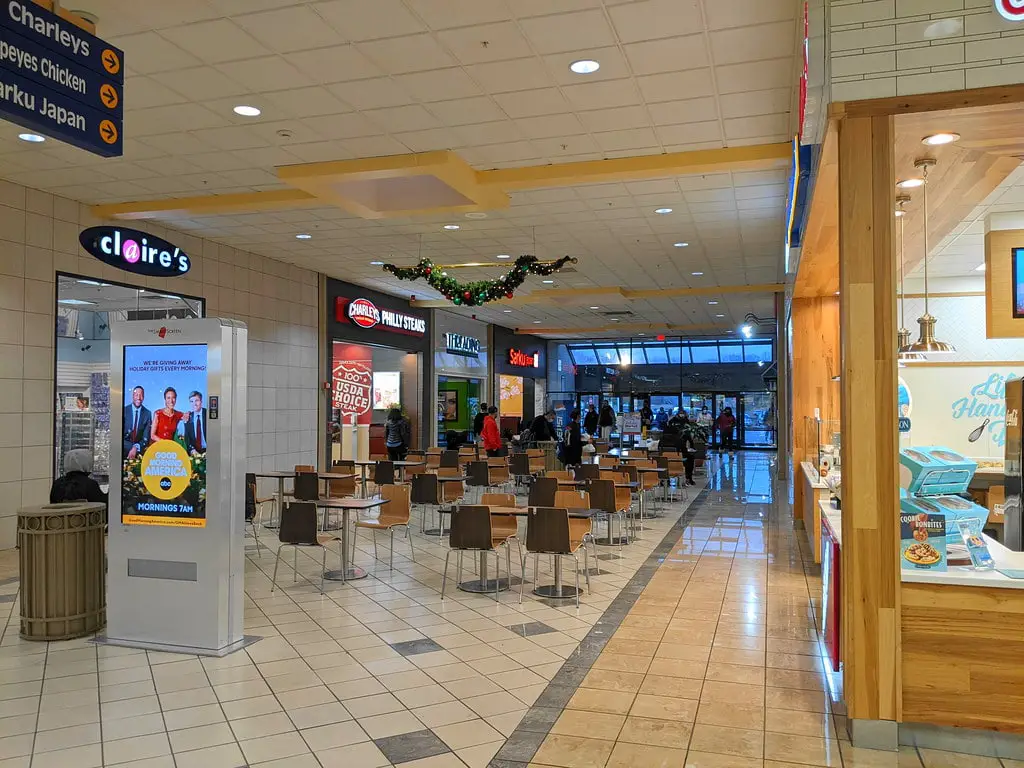
Tenant Mix, Square Footage Shifts, and Traffic Drivers
As of 2025, Westgate Mall covers around 600,000 sq ft.
That number includes inline tenants, anchors, and shared space but doesn't count the heavy retail square footage circling the mall.
Walmart, Lowe's, Aldi, Market Basket, and Marshalls sit just beyond the walls, drawing steady traffic without touching the lease rolls inside.
The tenant mix inside the mall changed shape repeatedly.
Burlington now takes up a piece of the former Macy's.
Planet Fitness anchors another portion, drawing evening and early-morning foot traffic that didn't exist when retail dominated the flow.
Liam's Home Furniture opened on January 5, 2020, in the space Fallas left behind.
PCX Apparel took one of the few remaining slices of the original Macy's footprint.
As of 2025, Track23 operates at that place, offering contemporary streetwear for men and women.
A few steps down, Old Navy maintained its location, holding ground through several turnover cycles.
The reconfigurations were practical. Anchor square footage was split, sold, and reused, rarely replaced one-for-one.
Public Events, Leasing Momentum, and Operational Shocks
Mall traffic, at least in part, has been kept alive by event programming.
In February 2022, Westgate Mall partnered with Black Owned Brockton to run a Pop-Up Market during Black History Month. It wasn't a one-off.
Events like that, short-term leasing arrangements, timed to the calendar, helped fill empty storefronts while building local draw.
More routine initiatives ran alongside: blood donation drives with the American Red Cross, seasonal photo booths, and temporary vendor stalls.
Boost Mobile, American Family Care, and Toy Box are listed among 2025's newest arrivals.
Neither represents a retail heavyweight, but their entry hints at a shift toward specialty leasing, smaller square footage, shorter terms, and quicker turnover.
These changes didn't come from vision statements. They came from necessity.
In March 2025, a violent incident occurred in the parking area near Starbucks and Chipotle.
Local reporting identified two fatalities. That event marked a sharp interruption in daily activity, though no long-term closures followed.
The mall reopened under normal hours.
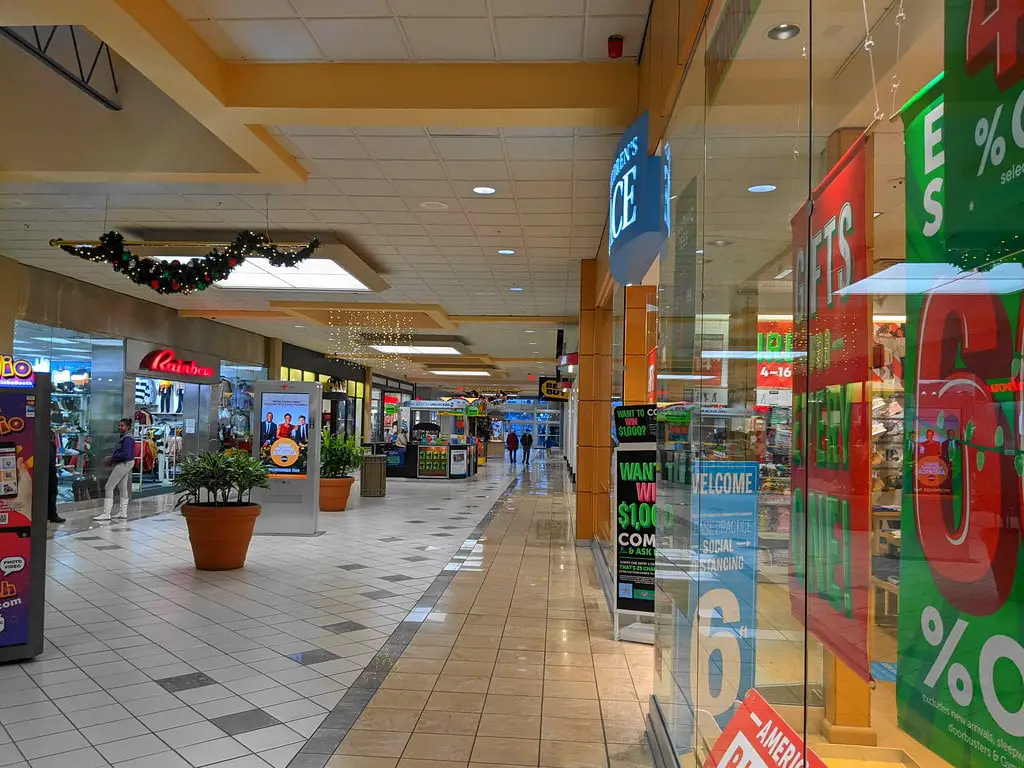
🍀

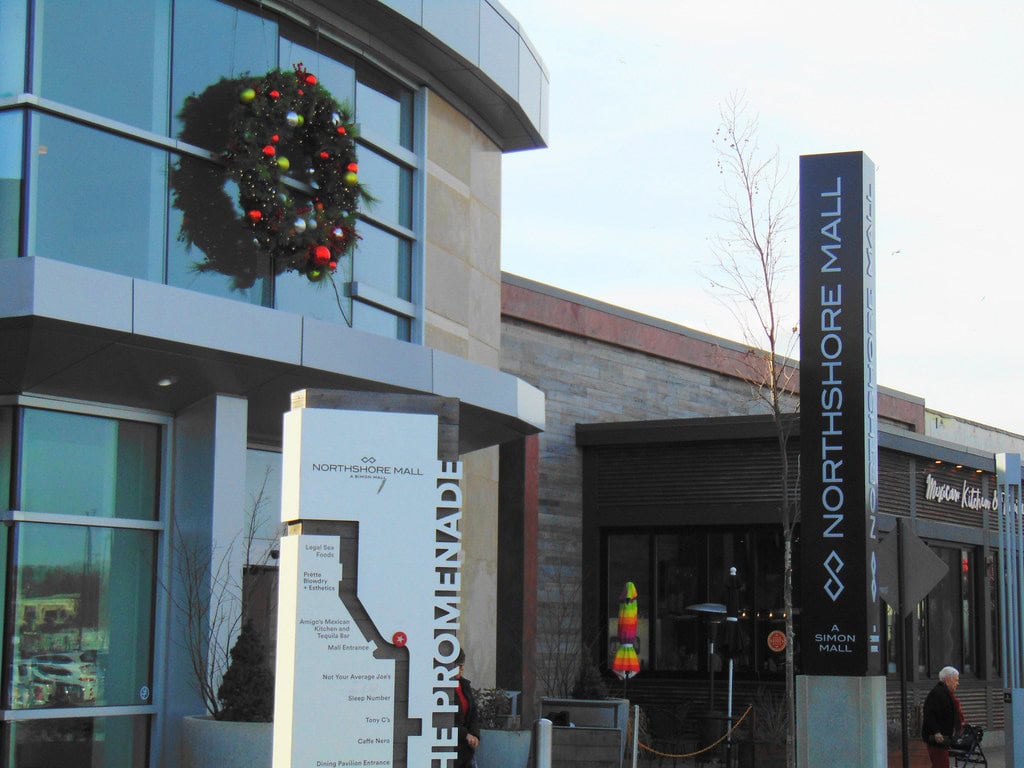
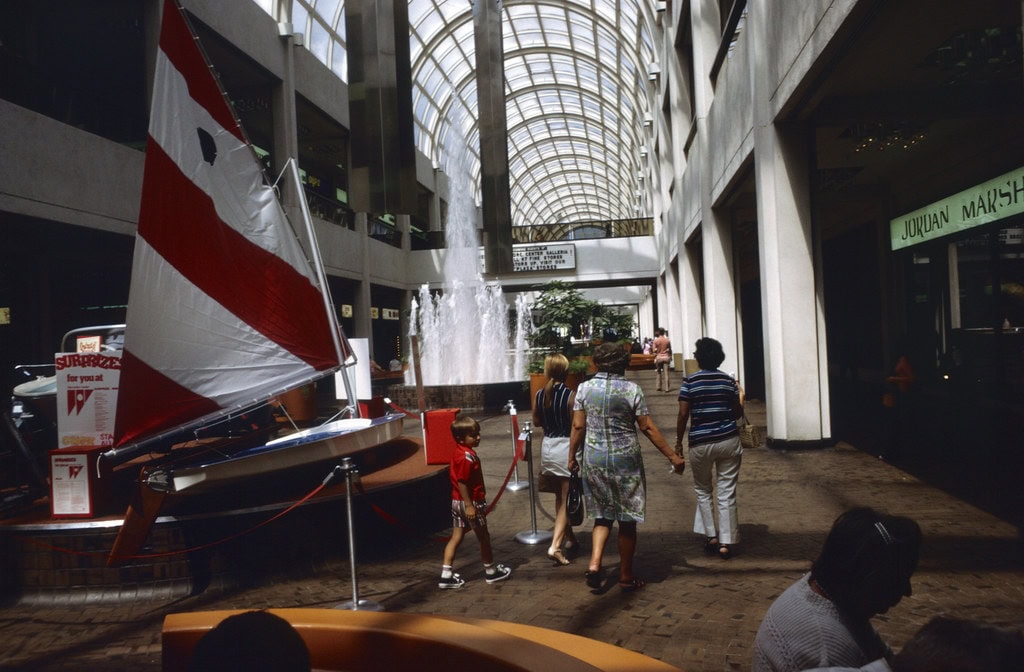
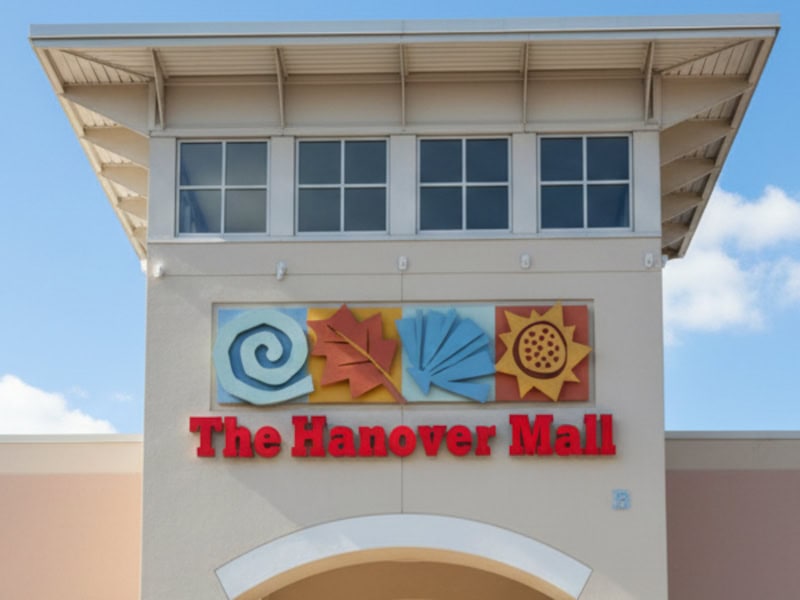
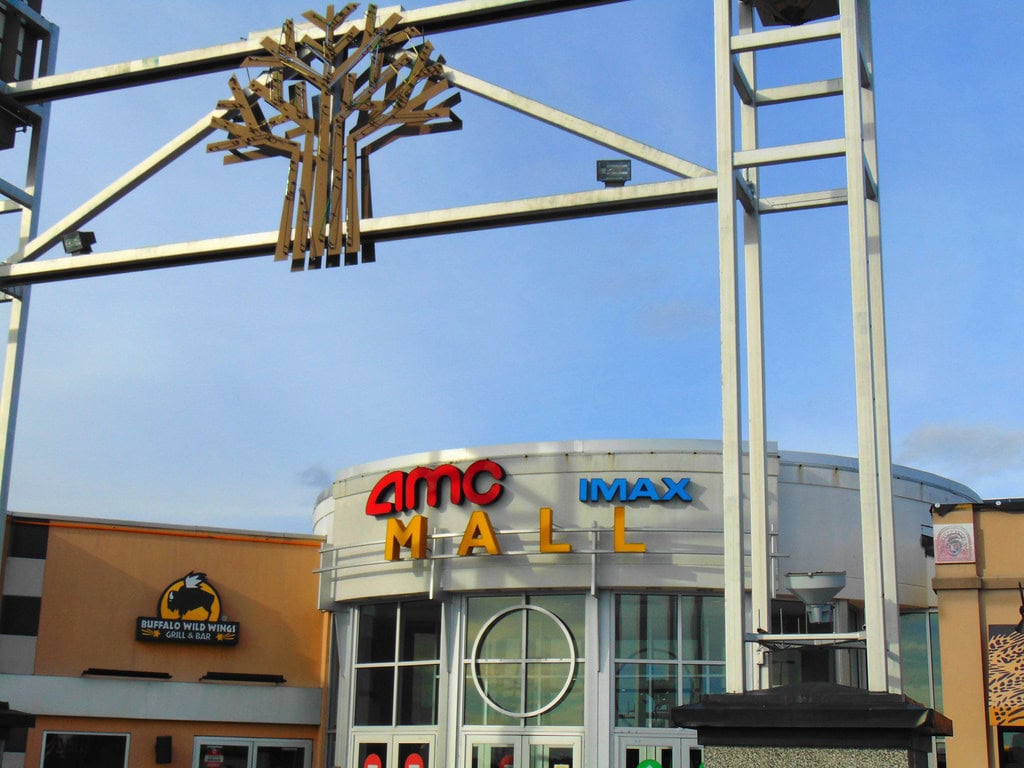
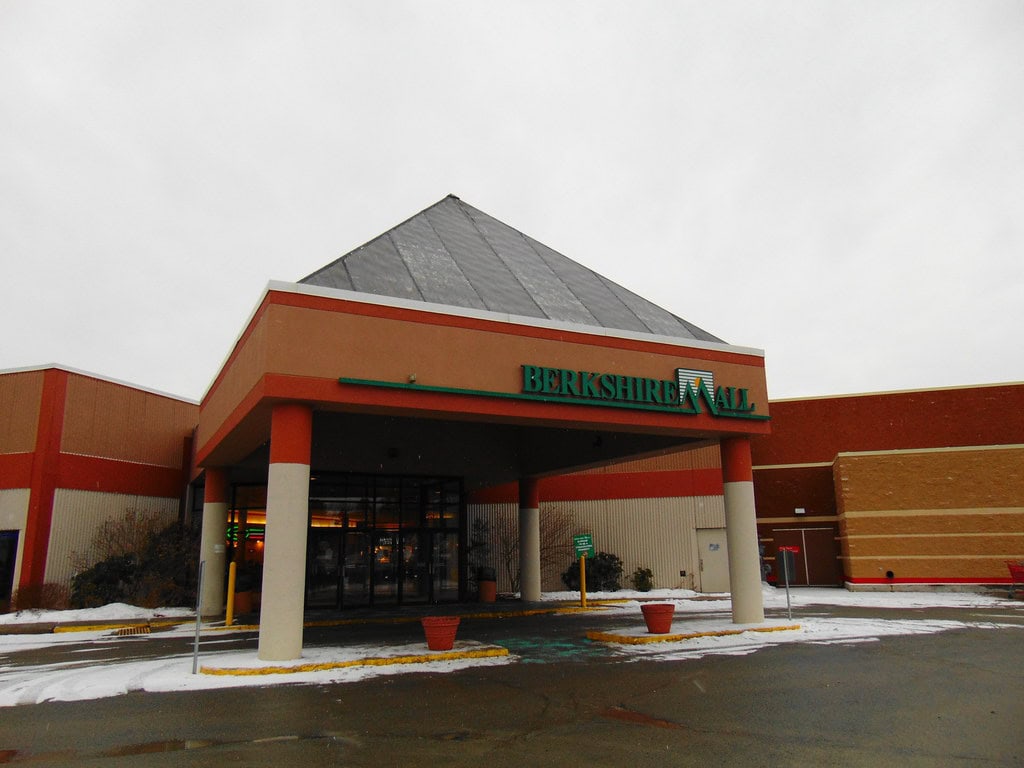
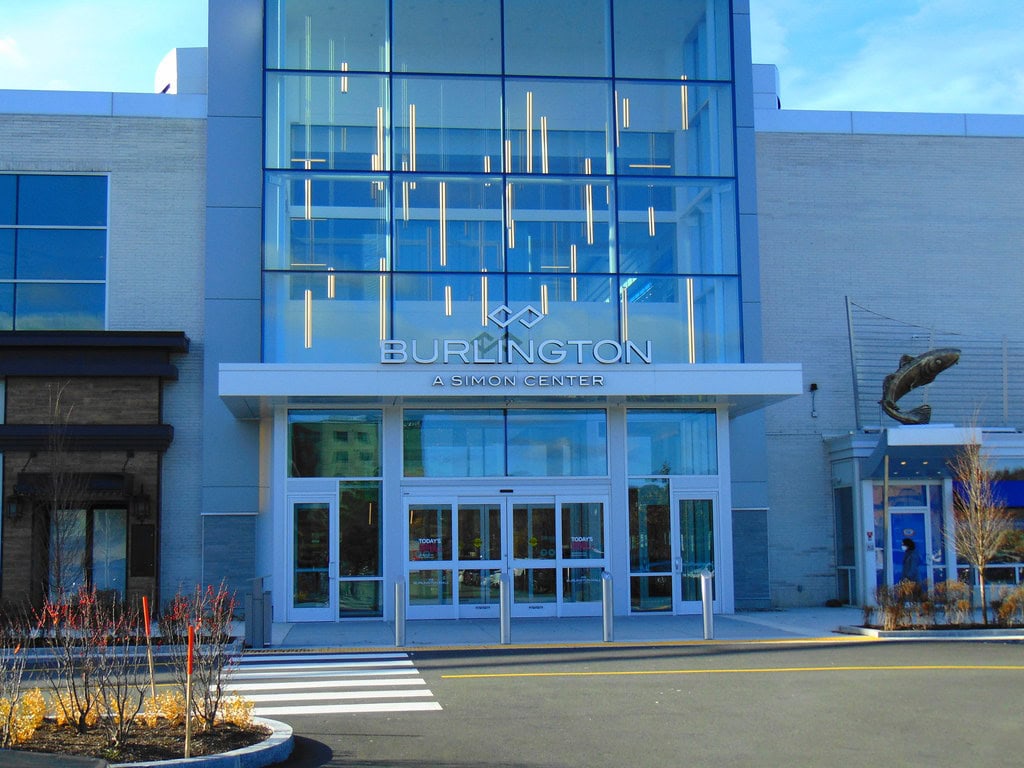
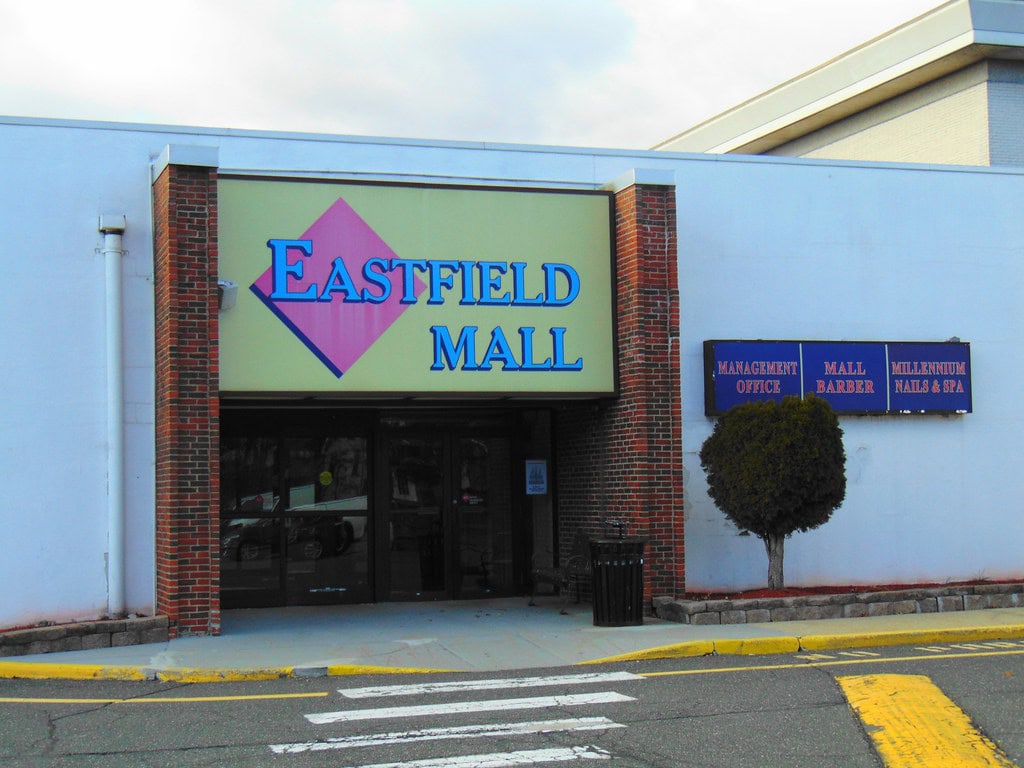
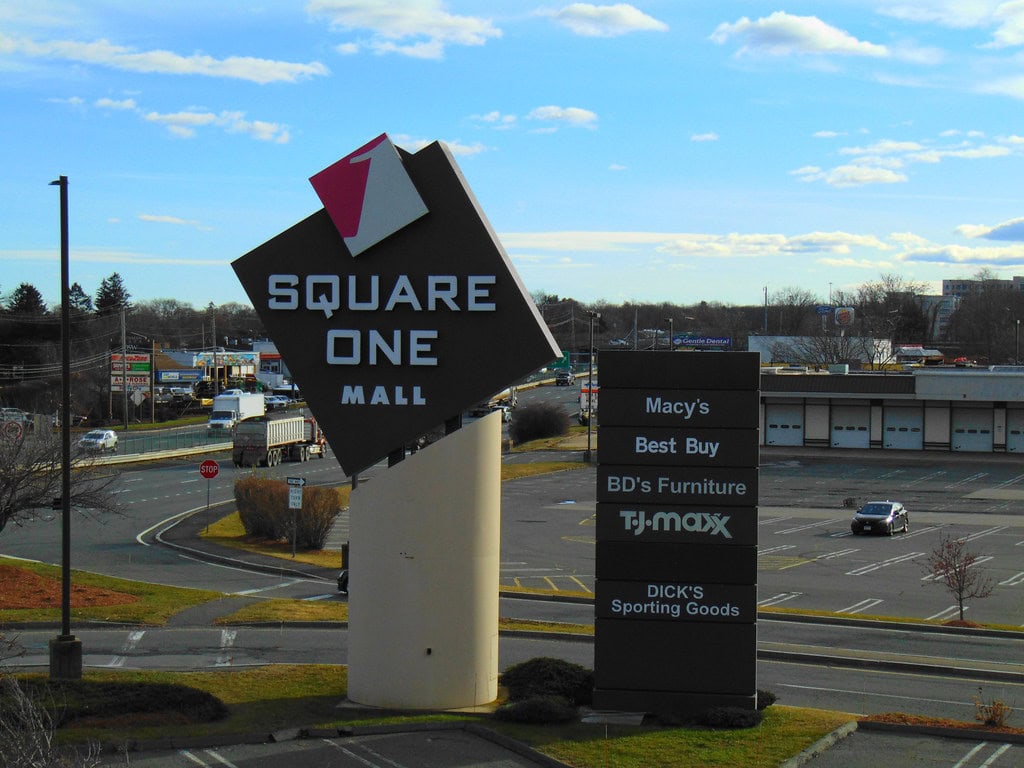
I would love to see the Westgate Mall bloom. Bring back some of the well known stores like Macy's and never had a JC Penneys. Get it going!!!!!
You're not alone in picturing a better future for Westgate. The question is whether local developers and planners can match that optimism with practical steps.